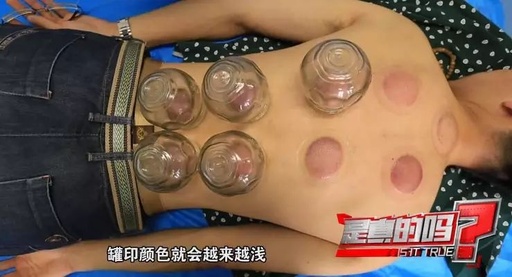During this year’s Rio Olympics, the cupping marks on American swimmer Michael Phelps became a focal point for both Chinese and Western media. This sparked a wave of interest in cupping therapy, with many athletes sharing their cupping photos on social media.

Cupping therapy has a long history in China and is a traditional method of health maintenance in TCM (Traditional Chinese Medicine). Many people also use cupping to treat various ailments in their daily lives.
In interviews, reporters found that many people choose cupping to alleviate symptoms caused by wind-cold, such as body aches and colds, hoping to draw out the wind-cold from their bodies. The most direct way to assess the effectiveness of cupping is to observe whether the symptoms have improved.
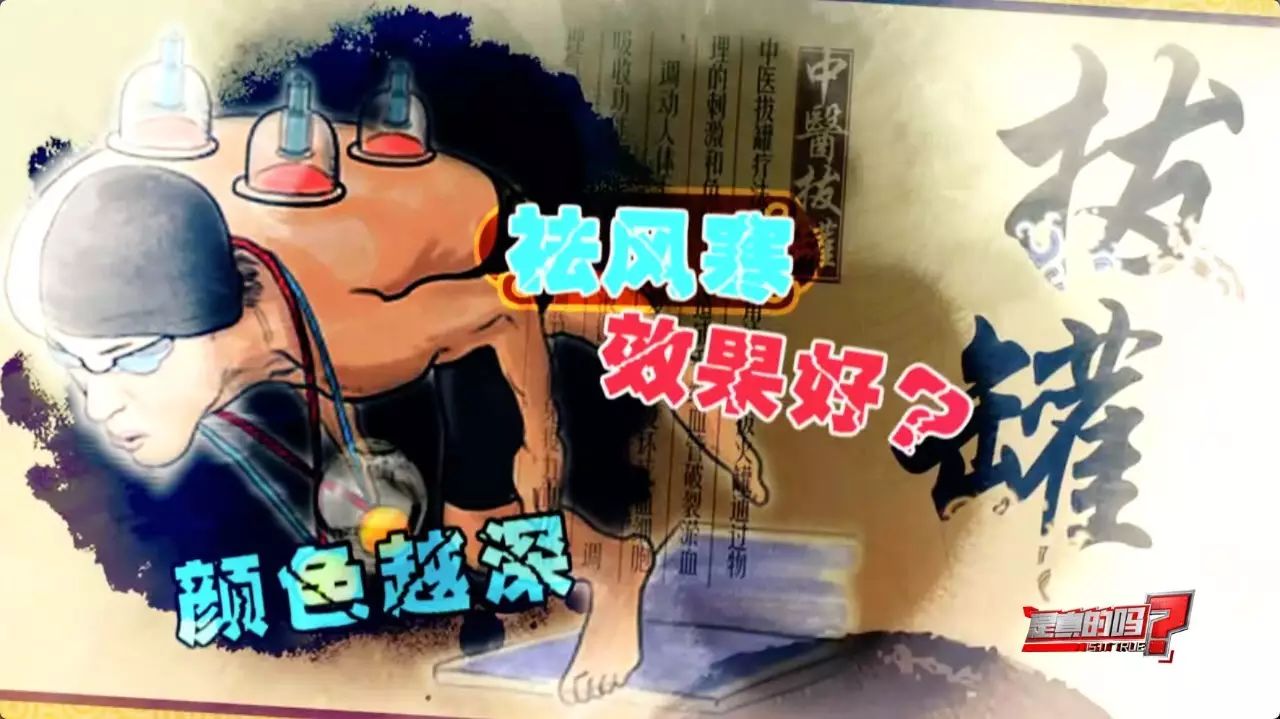
However, some netizens have claimed online that the color of the cupping marks can indicate the effectiveness of the treatment. Many believe that the darker the cupping marks, the better the effect of expelling wind-cold. Conversely, if the marks are lighter, it suggests that cupping was ineffective. But is there any truth to this claim? To find out, CCTV Finance reporters interviewed experts at a hospital.
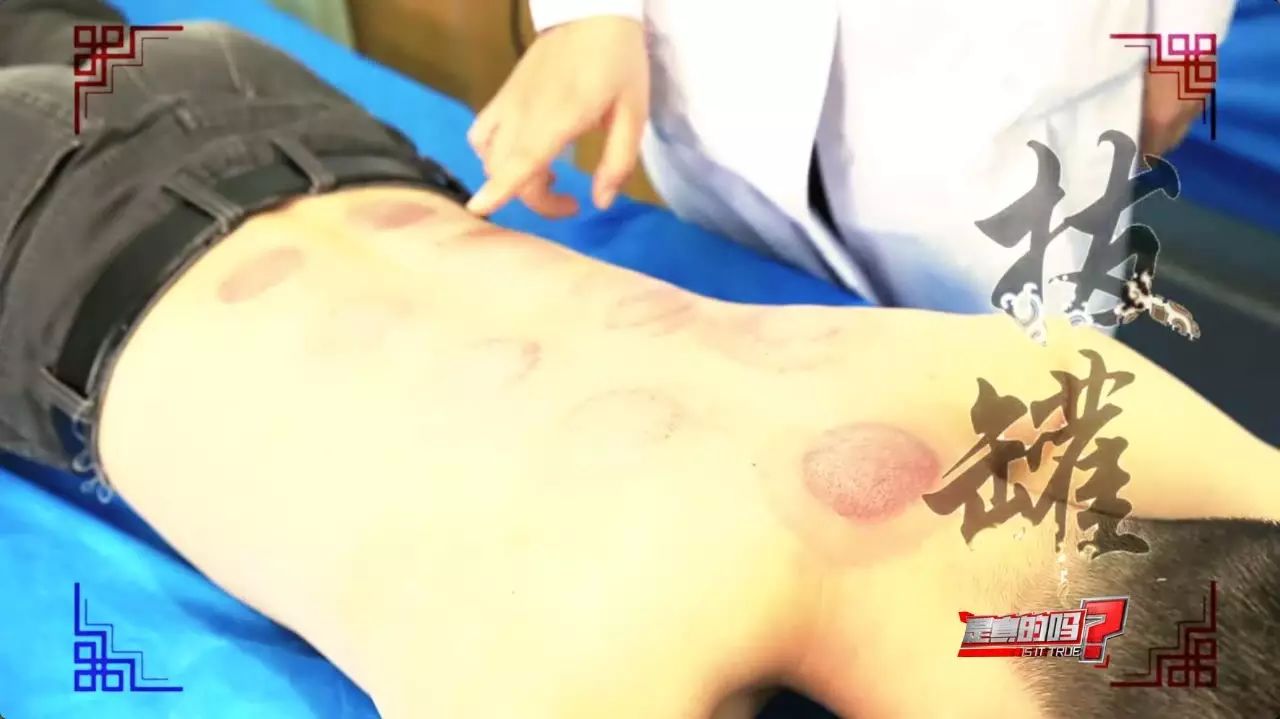
Dr. Zhao Qi, Deputy Chief Physician of the Acupuncture Department at Dongzhimen Hospital, Beijing University of Chinese Medicine:Cupping reflects the patient’s current physical condition and the severity of their illness. If the illness is deep-rooted and the patient’s condition is not good, the cupping marks may appear purple or dark after treatment.

Dr. Zhou Peijuan, Attending Physician of the Acupuncture Department at the Third Affiliated Hospital of Beijing University of Chinese Medicine:It is possible for the cupping marks to be very dark after the first treatment, but with subsequent treatments, the marks may become lighter. The transition from dark to light indicates that the condition is improving; it does not mean that the cupping treatment is ineffective.
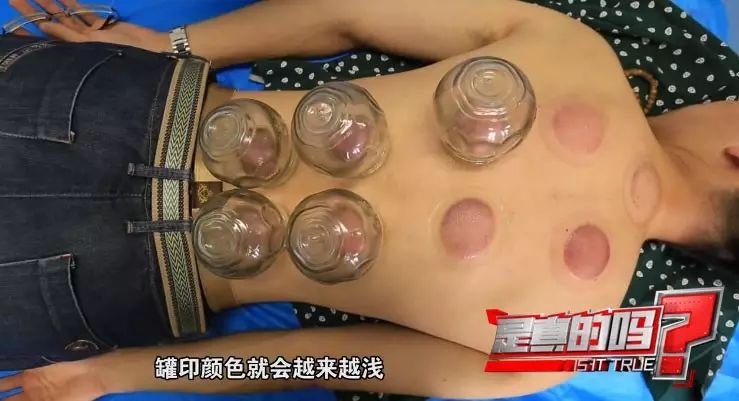
Experts inform us that the depth of the cupping marks reflects the severity of the illness and does not indicate the quality of the treatment. Therefore, the claims made by netizens are unfounded. So, what can we actually discern from the color of the cupping marks?

Dr. Zhao Qi, Deputy Chief Physician of the Acupuncture Department at Dongzhimen Hospital, Beijing University of Chinese Medicine:In healthy individuals, the skin should appear flushed after cupping. If the color is very dark, it indicates a significant presence of cold pathogens in the body; if it is purple, it suggests the presence of both cold and dampness; if there are dark purple spots at the bottom of the cup, it indicates blood stasis; and if there is damp-heat in the body, the color at the bottom of the cup will be reddish.
From the experts’ explanations, we learn that cupping can treat conditions such as wind-cold and wind-heat colds, body aches caused by cold pathogens, arthritis, as well as acne and eczema caused by dampness. Cupping is an external treatment method in TCM, and due to its simplicity and effectiveness, it has been passed down through generations.
Currently, the two common types of cupping are fire cupping and suction cupping. Fire cupping can easily cause burns or fires if not done properly, so it is not recommended for home use. Suction cupping is simple and safe, making it more suitable for home use. So, how can we perform cupping at home?
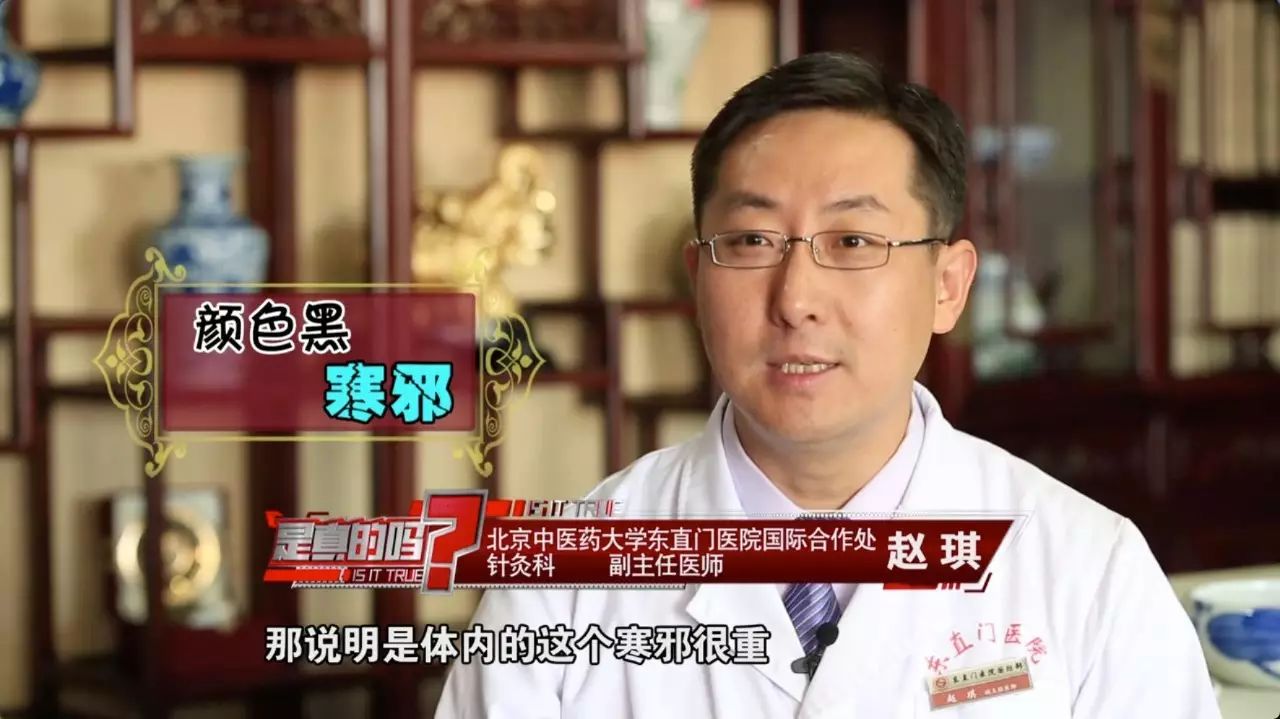
Dr. Zhao Qi, Deputy Chief Physician of the Acupuncture Department at Dongzhimen Hospital, Beijing University of Chinese Medicine:When cupping at home, it is generally not necessary to focus on specific acupoints; you can cup wherever it hurts. However, in a clinical setting, it is better to follow the meridians and acupoints for better results. Cupping can be performed along the bladder meridian on the first and second lateral lines of the back. The bladder meridian runs 1.5 inches and 3 inches away from the midline of the back, and one cup can cover both lines. Whether using flash cupping, sliding cupping, or stationary cupping, it can quickly expel wind, cold, and damp pathogens from the body.
However, experts also remind us that while cupping is beneficial, it is not suitable for everyone.
Dr. Zhou Peijuan, Attending Physician of the Acupuncture Department at the Third Affiliated Hospital of Beijing University of Chinese Medicine:Children with particularly weak constitutions, elderly individuals, very thin patients, or pregnant women should generally avoid cupping on the lumbar and abdominal areas. Additionally, cupping should not be performed on areas with skin damage, such as ulcers or wounds.
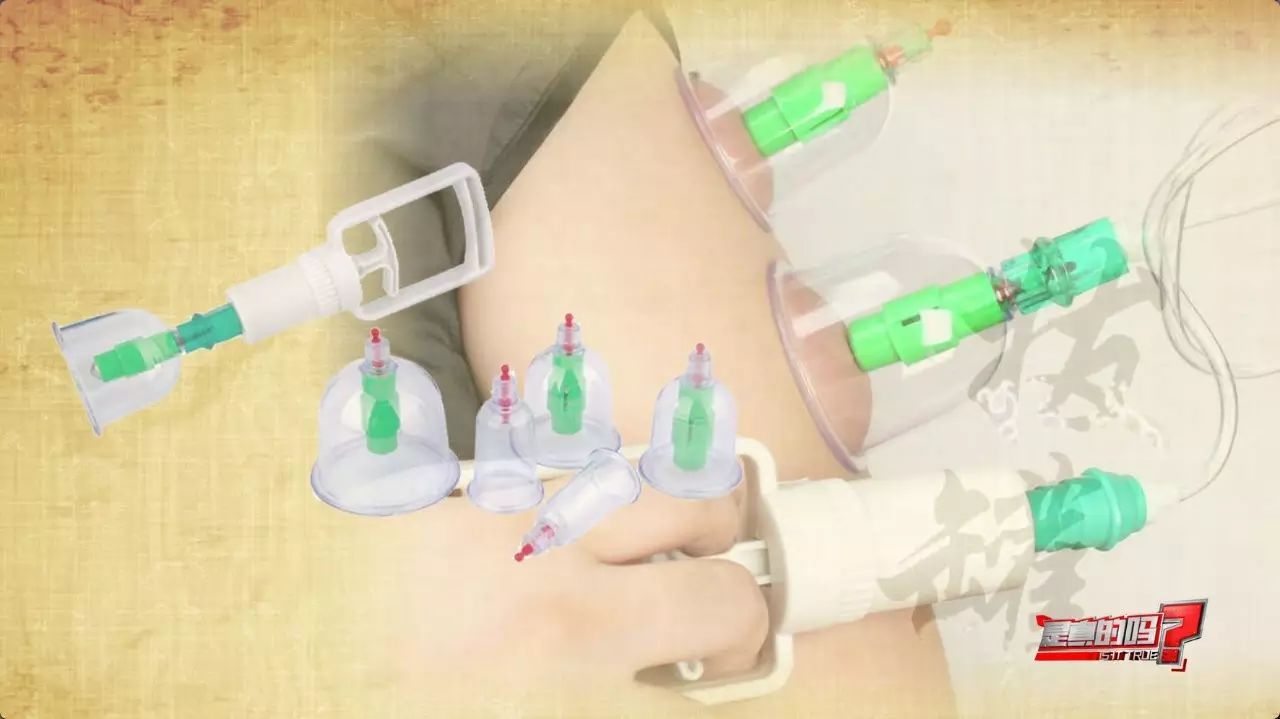
Experts remind us
When performing cupping, the ambient temperature should not be too low; the cupping duration should be controlled within 10 minutes; and after cupping, one should avoid exposure to wind and cold, and refrain from bathing or swimming for six hours.
You might also like
▶【Reminder】A sudden realization! Just 19 more working days until the end of the year…
▶【Health】This disease is as scary as sudden death! Uncovering the mystery of why you get fatter the busier you are…
Source: CCTV Finance “Is It True?”
Article Edited by: Li Tianlu

